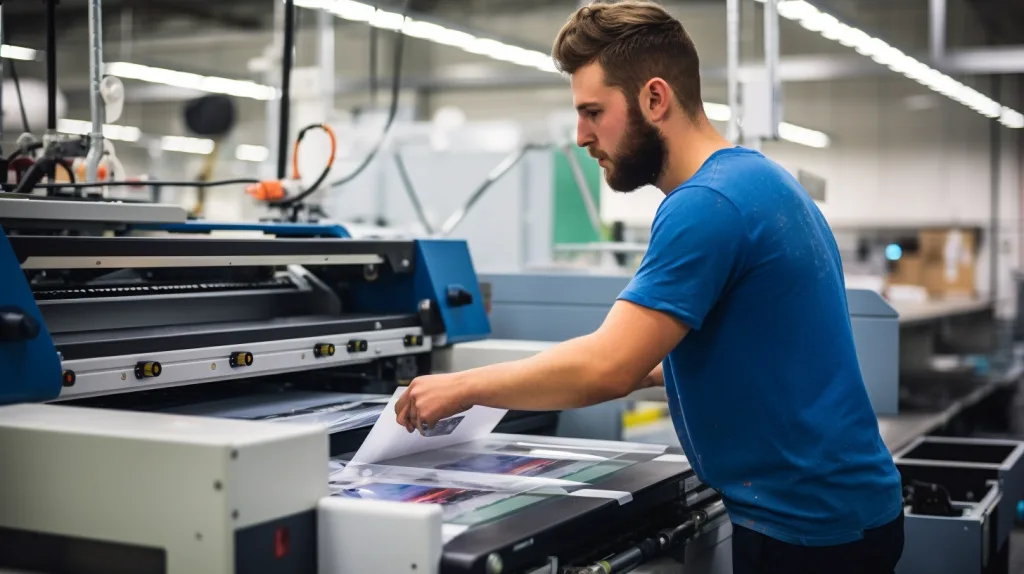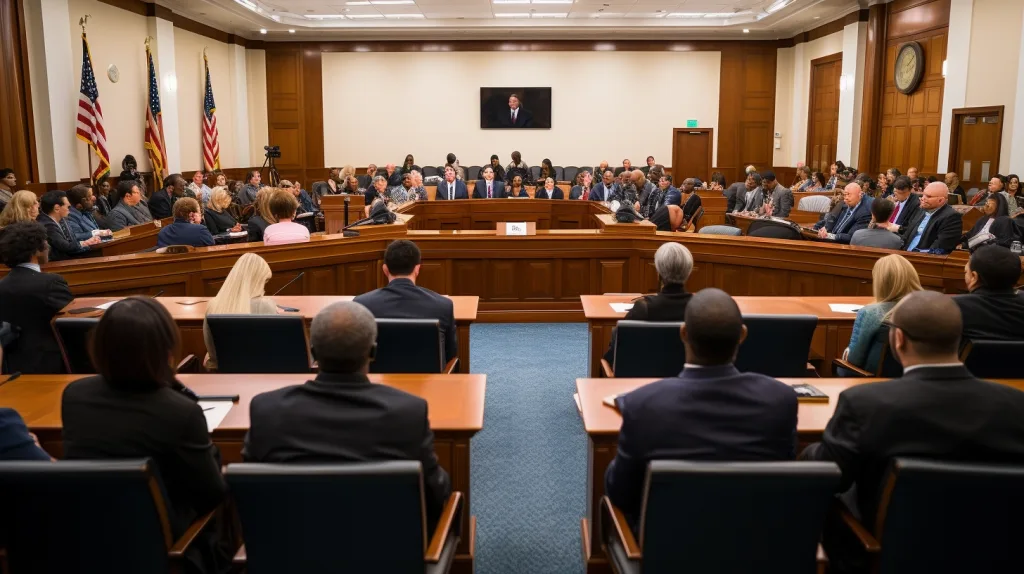Spotting the Fakes: A Comprehensive Guide to Detecting Fake IDs and Driver Licenses
Introduction
Definition of Fake ID and its purpose.
A Fake ID is a document designed to establish the identity of an individual that has been altered, forged, or improperly obtained. These documents are often used to circumvent legal restrictions, such as age restrictions for purchasing alcohol or tobacco, or to bypass security and identity systems in various areas of life.
The purposes for creating and using fake IDs can range from relatively innocuous to extremely dangerous. Often, the chief aim behind obtaining a fake ID is to sidestep the legal drinking age restrictions. However, in more serious cases, fake IDs can be used to commit fraud, evade the law, or even acts of terrorism.
The creation and use of fake IDs is a global thing that is of concern to law enforcement and government agencies. It undermines trust in identity systems and can have serious consequences for the security and welfare of society.
It is important to realize that false identities are not only a problem for the law, but also raise serious ethical issues related to personal responsibility and social trust.
The historical context of the emergence of fake IDs.
The historical context of the emergence of false identity documents is deeply rooted in human history. From the moment the first forms of identity documents were created, the possibility of forging them also emerged. In ancient times, when seals and placards served as the primary forms of identification, forging identity documents was a relatively simple task for those with access to the necessary tools and skills, year after year the methods evolved becoming more sophisticated.
- Ancient world and Middle Ages
- The first mentions of fake IDs can be found as far back as old civilizations, where they were used to deceive and gain privileges.
- Early Modern times
- With the development of administrative structures and stricter laws, identity card forgery became more difficult and risky.
- Nineteenth and early twentieth centuries
- The advent of photography and more sophisticated forms of identification led to the development of forgery techniques, including fake photo IDs.
- After World War II.
- In the post-war period, with advances in technology and increased international movement of individuals, counterfeit IDs became even more widely used, including their use by hostile agents and fugitive criminals.
- The digital age
- With the advent of digital technology and the internet, the creation and distribution of fake IDs has reached a new level. People can now order fake IDs online and there are many websites offering such services. Over the years, the novelty of creating fake IDs has led to a cat-and-mouse game between forgers and law enforcement.
Statistics on the prevalence of counterfeit credentials.
Statistics regarding the prevalence of fake IDs show that the problem is quite common among young people. According to one study, 12.5% of high school seniors admitted to having a fake ID, and among students under 21, the rate was 32.2%1.
Types of fake IDs
Fake passports.
Fake passports are one of the most common types of fake IDs. They can be used for a variety of purposes, including crossing borders without authorization, fraud, evading the law, or even terrorism. Creating a fake passport is a serious offense in most countries, and it can result in significant legal consequences for the perpetrators. Counterfeit passports are created by forging existing documents, altering photographs and personal information, or by completely recreating a document using high-tech equipment and materials.
Counterfeit driver’s licenses.
Fake driver’s licenses are also a common type of fake ID. They can be used to circumvent age restrictions, evade the law, or to obtain privileges that would otherwise be unavailable. Driver license fraud includes altering an existing document, creating a new document with incorrect information, or even stealing and then altering a valid driver license. Creating or using a fake driver’s license is a crime and can result in serious legal consequences.
Fake student IDs, etc.
Fake student IDs and other types of credentials can also be created with the intent to defraud. Fake IDs can be used to obtain discounts, free access to events, or other privileges intended for students. Fake marriage certificates, work credentials, diplomas, and other documents can also be common. The creation and use of such false documents is illegal and may result in legal consequences.
Ways to create fake IDs
Printing Technologies.
Printing technologies play an important role in the creation of fake IDs. Advanced printing technologies can provide high quality images and sophisticated security features such as holograms, making fakes more convincing. However, on the other hand, advanced printing technologies also help in the fight against counterfeiting by allowing for more complex and unique security features. Technologies such as digital and offset printing, micro-printing, and the use of specialty inks and paper allow for the creation of IDs that are more difficult to forge.
Use of image editing software.
The use of image editing software makes it much easier to create novelty identities. Programs such as Adobe Photoshop or GIMP allow attackers to change photos, dates of birth, names, and other data in existing documents. It is also possible to create entirely new documents from scratch. These programs provide a high level of detail and accuracy that can render a forgery visually convincing. However, specialized authentication technology and equipment can help identify such forgeries by analyzing trace elements and other characteristics that are difficult or impossible to replicate with standard image-editing software.
Buying ready-made fake IDs on the internet.
Buying ready-made fake IDs online has become a relatively common practice. There are many websites that offer fake IDs for sale, and for a fee.. These sites often offer a wide range of IDs, including driver licenses, passports, and student IDs. Customers can provide personal information to be put into the document, or they can use generated data. These platforms often provide delivery in hidden packaging to ensure privacy, which attracts even more customers. However, buying and using fake IDs is illegal and can lead to serious legal consequences.
Legal aspects
Legislation in different countries regarding the creation and use of fake IDs.
- General legislation:
- The creation, distribution or use of false identity documents can lead to criminal liability. These acts may qualify as fraud, forgery, or identity fraud1.
- U.S. States:
- Laws and penalties may vary from state to state in the United States. For example, the crime of false identification may be considered a lower-degree felony (misdemeanor) or a felony (felony), depending on the circumstances and jurisdiction. Penalties and sentences may also vary.23. The fake ID laws across various states are constantly evolving to curb the fake ID use, which is a rising concern. DMV offices have stringent measures in place to catch individuals trying to obtain fake IDs.
- Differences in legislation:
- Laws regarding fake IDs can vary widely from country to country. For instance, some countries have stricter penalties for creating or using fake IDs than others.
Consequences of using fake IDs.
The use of fake IDs can have serious legal and social consequences for both individuals and society as a whole. One of the first tell signs for employers regarding fake ID use is often a background check that brings up discrepancies.
- Legal Consequences:
- Individuals found guilty of creating, distributing, or using fake IDs may face fines, imprisonment, or other forms of punishment, depending on the laws of the particular jurisdiction12.
- Problems with future employment:
- Criminal records associated with fraudulent identification can seriously affect an individual’s future employment opportunities. Many employers conduct criminal background checks on applicants and may deny employment because of such records.
- Reputational Damage:
- Even though the legal consequences may be minimal, reputational damage can be significant. This can include loss of trust from family, friends, and the community.
- Educational issues:
- Students found guilty of using fake IDs may face disciplinary action from their educational institutions, including expulsion.
- Economic Impacts:
- Businesses and government entities may also be affected by the use of fake IDs due to fraud and loss of revenue.
- Security implications:
- The edge that fake IDs provide to individuals looking to commit fraud or other crimes is a significant security concern.

Social and economic consequences
Impact on personal relationships and public opinion.
- Personal relationships:
- The discovery that someone close to or acquaintance has used fake IDs can affect trust and respect in relationships. This can lead to a breakdown in the relationship or the appearance of mistrust between individuals.
- Public Opinion:
- The widespread use of fake IDs can affect public perceptions of identification and verification systems. It may also lead to increased demands on identity verification processes, which in turn may affect access to certain services and privileges.
- Communities may demand stricter legislation and tougher action against those who create or use fake IDs, which could lead to changes in law and policy.
- Youth perceptions:
- In cases where fake IDs are widely used by youth to circumvent age restrictions, this can create the perception that youth do not respect the law, which in turn can affect public perceptions of youth in general.
- Business perceptions:
- Businesses that experience the use of fake IDs may lose trust from customers and partners if they fail to effectively combat the problem. On the flip side, fake ID laws and the enforcement thereof play a crucial role in maintaining social order and economic stability.
Economic damage to business and government.
- Losses to businesses:
- Businesses can lose revenue due to fake ID fraud. This can include losses from illegal purchases, product returns, and other types of fraud.
- Businesses may also incur costs to improve identification and verification systems to prevent fake ID fraud.
- Costs to the state:
- Government agencies may incur significant costs to investigate and prosecute those involved in the creation and distribution of fake IDs.
- There is also the potential for loss of tax revenue due to illegal activities associated with the use of fake IDs.
- Impact on the economy:
- The widespread use of fake IDs can undermine confidence in identification and verification systems, which in turn can adversely affect the economic situation.
- Counterfeit identity documents can also facilitate illegal activities such as illegal immigration or terrorism, which can have serious economic consequences at the national and international level.
The economic damage from counterfeit identity documents can be significant and its effects can be felt at many levels of society, from individual businesses to the national economy as a whole.
Preventing and combating counterfeit identity documents
Modern technologies of identification and verification.
Modern identification and verification technologies play a key role in preventing and combating counterfeit identity documents. These technologies help improve the accuracy and reliability of identity verification processes, which in turn helps prevent fraud and illegal use of fake IDs.
- Biometric Identification:
- Modern biometric identification systems such as fingerprints, facial recognition and retinal scans offer a high degree of accuracy and can render it much more difficult to create and use fake IDs.
- Smart cards and chips:
- The use of smart cards and embedded microchips in ID cards can help improve security and prevent counterfeiting through additional layers of security and verification.
- Digital verification:
- Digital platforms and mobile apps can offer additional verification tools such as email verification, SMS verification and two-factor authentication, which can also help prevent fake ID fraud.
- Blockchain technologies:
- Blockchain technologies can offer new ways to verify and store identity credentials, which provides an additional layer of protection against counterfeiting and unauthorized access.
- Machine learning and artificial intelligence:
- Machine learning and artificial intelligence algorithms can be used to analyze and verify identity documents, helping to quickly and accurately identify suspicious or fake documents.
The sooner fraudulent IDs are caught, the better, hence the need for establishments to report suspicious IDs ASAP.
Educational Programs.
- Creating awareness:
- Conducting seminars, lectures, and other educational events can help create awareness of the seriousness of the fake ID problem and the legal consequences of using them.
- Personnel Training:
- Training business and government personnel on how to recognize fake IDs and what to do if they are detected can help prevent fraud and improve public safety.
- Developing critical thinking skills:
- Teaching folks, especially youth, critical thinking skills can help them better understand the risks and consequences of engaging in illegal activities involving fake IDs.
- Online resources and campaigns:
- Developing online resources and social media awareness campaigns can help reach a wider audience and make information about the risks of using fake IDs more accessible.
- Community Engagement:
- Engaging with local communities and organizations can help spread information and build a support network to prevent and combat fake IDs.

Conclusion
Prospects for the development of the problem of fake IDs and possible ways to solve it.
- Prospects for the development of the problem:
- Improvements in technology may render it easier to create more convincing fake IDs, while globalization and digital communication may simplify their distribution and use.
- Technological innovation:
- Adoption of more advanced verification and verification technologies, such as biometric identity and blockchain, can help improve security and reduce the risks associated with fake IDs.
- Legislative measures:
- Tougher laws and regulation, as well as better enforcement of existing legislation, can further deter the creation and use of fake IDs.
- Educational initiatives:
- Expanding educational programs to educate the public about the risks and consequences of using fake IDs can help reduce the demand for these documents and decrease their proliferation.
- Cooperation between countries:
- International cooperation and information sharing between countries can help combat the global proliferation of counterfeit credentials and facilitate the development of uniform identity and verification standards.
- Public engagement:
- Active public involvement and creating a culture of rejection of fake IDs is also important to address the problem on a long-term basis.
The need for a comprehensive and multifaceted approach to address the problem of fake IDs is evident. The things that happen in the realm of fake IDs are not just an old problem, but a continuously evolving one that requires a joint effort from all sides of society to combat effectively.
Resources
- Where to Buy a Fake ID - January 19, 2024
- What Happens If You Are Caught Vaping Under 18? - January 12, 2024
- Can You Bring a Vape on a Plane Under 21: A 2024 Detailed Guide - December 29, 2023





